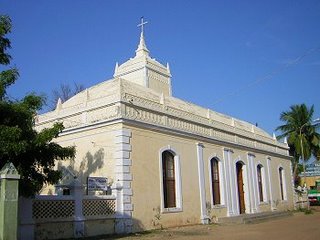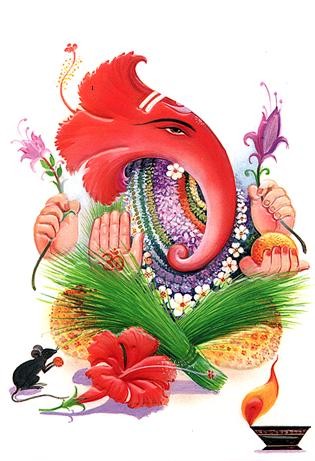Tranquebar - the Telugu and Danish connection
 The Church of Zion at the corner of King Street and Queen Street in historical Tranquebar, located in southern India, is a pleasant-looking structure that dates back to 1701. It is the oldest Protestant church in India. (Photo: Webshots)
The Church of Zion at the corner of King Street and Queen Street in historical Tranquebar, located in southern India, is a pleasant-looking structure that dates back to 1701. It is the oldest Protestant church in India. (Photo: Webshots)If Pondicherry, in India, is associated with the French, and Goa is associated with the Portuguese, then Tranquebar is connected with which part of the globe? Persons knowledgeable about history would immediately recognize that it is the Danes.
Welcome to Tranquebar, a place of tranquility located alongside the Coromandel Coast of southern India which is of undeniable historical importance. Tranquebar or 'Tarangambadi' is situated in the Nagapattinam District of the state of Tamilnadu. Among other historical monuments, Tranquebar boasts the famous Danish 'Dansborg Fort.' History has it that King Raghunatha Nayak, ruler of Tranquebar, wanted to expose his kingdom to different trading avenues. Fortuitously, Danish explorers on a sea voyage happened to visit, and upon seeing the serene seashore, thought it an excellent place to trade.
The Danes approached King Raghuntha Nayak and a settlement was set aside for trading. The visitors were enthused by the favorable treatment accorded them by the Indian King, and the fruitful relationship was formalized as the Indo-Danish pact during the King's reign. Amazingly enough, 3,111 rupees (~$69) per year was the price that King Nayak received to rent out Tranquebar to the Danish. This amount may look like a pittance in terms of today's land values, but it was the sum that paved the way for a period of co-existence between the two cultures. The agreement document, which was signed by King Nayak in Telugu, is now housed in the international archives at Copenhagen, Denmark.
Courtesy: Worldpress



0 Comments:
Post a Comment
<< Home